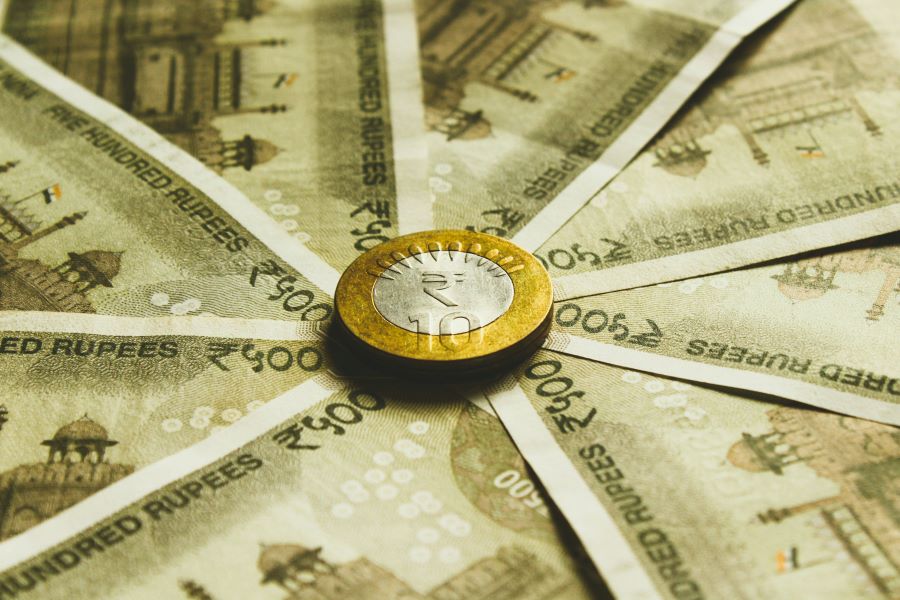In the rhythmic dance of economic policy, where numbers hold the key to financial stability, two rates stand as silent orchestrators of monetary flow: the repo rate and reverse repo rate. Join us on a journey through the corridors of India’s financial landscape as we unravel the latest movements of these rates, decipher their intricate impacts, and unveil the historical tapestry that shapes the country’s monetary heartbeat. Let’s explore the dynamic world of repo and reverse repo rates, where numbers speak volumes and decisions echo through the economy’s pulse.
Repo Rate and Reverse Repo Rate: An Overview
The repo rate is the rate at which the Reserve Bank of India (RBI) lends money to commercial banks for short-term periods to meet liquidity needs. On the other hand, the reverse repo rate is the rate at which banks can park surplus funds with the RBI, earning interest on their excess reserves.
Also Read: What is a Delayed Draw Term Loan (DDTL) and How Does It Work?
Current Scenario: Latest Repo and Reverse Repo Rates in India
As of the most recent monetary policy review by the RBI, the repo rate stands at X% and the reverse repo rate at Y%. These rates are crucial indicators of the central bank’s stance on monetary policy and have a direct impact on borrowing costs, lending rates, and overall economic activity.
Significance of Repo and Reverse Repo Rates
The repo rate serves as a tool for the RBI to regulate liquidity in the banking system and control inflation. By adjusting the repo rate, the central bank can influence borrowing and spending behaviour, thereby impacting economic growth. Conversely, the reverse repo rate helps in absorbing excess liquidity from the system.
Also Read: What is a Loan Subsidy? Meaning, Types and How to Apply?

Impact on Borrowers and Lenders
Changes in the repo and reverse repo rates can have a cascading effect on various financial products and services. For borrowers, a reduction in the repo rate could lead to lower interest rates on loans, making borrowing more affordable. Conversely, a hike in the repo rate could result in increased borrowing costs for individuals and businesses.
Repo Rate Cut History: A Historical Perspective
Over the years, the RBI has implemented several repo rate cuts to stimulate economic growth, combat inflation, or address financial stability concerns. From 2005 to 2023, the central bank has undertaken a series of repo rate adjustments, reflecting the evolving economic conditions and policy priorities.
Also Read: What is Interest-Only Mortgage? How They Work, Pros and Cons
FAQs
What is the latest repo rate in India?
The latest repo rate in India is X%, where X represents the specific percentage set by the Reserve Bank of India (RBI) in its most recent monetary policy review. The repo rate is a key policy rate that determines the cost at which commercial banks can borrow funds from the RBI.
How does the reverse repo rate differ from the repo rate?
The reverse repo rate is the rate at which commercial banks can park their surplus funds with the RBI. In contrast, the repo rate is the rate at which the RBI lends money to commercial banks. The difference between the repo rate and reverse repo rate forms the corridor within which short-term interest rates fluctuate.
Why are repo and reverse repo rates important for the economy?
Repo and reverse repo rates play a crucial role in influencing the overall liquidity and interest rate environment in the economy. Changes in these rates impact borrowing costs for banks, which, in turn, affect lending rates for businesses and individuals. By adjusting these rates, the RBI aims to control inflation, promote economic growth, and maintain financial stability.
How do changes in repo rates impact borrowers and lenders?
Changes in the repo rate can have a direct impact on borrowers and lenders. When the RBI cuts the repo rate, banks can borrow funds at a lower cost, leading to a potential decrease in lending rates on loans such as home loans, personal loans, and business loans. Conversely, an increase in the repo rate may result in higher borrowing costs for consumers and businesses.
What factors influence the RBI’s decision to change the repo rate?
The RBI considers various economic indicators and factors when making decisions on repo rate adjustments. Key factors include inflation levels, economic growth projections, exchange rate movements, global economic conditions, and the overall financial stability of the economy. The RBI’s primary objective is to maintain price stability while supporting sustainable economic growth.
In conclusion, the repo and reverse repo rates play a vital role in shaping the monetary policy landscape in India. Understanding these rates and their implications can provide valuable insights into the broader economic environment and help individuals and businesses navigate the dynamics of borrowing and lending in the country.
If you’re looking for a personal loan, then consider Airtel Finance? Log in to the Airtel Thanks App today, fill in your details, and secure your personal loan effortlessly. Take control of your finances now.


 Get App
Get App  Airtel Store
Airtel Store  Login
Login 


